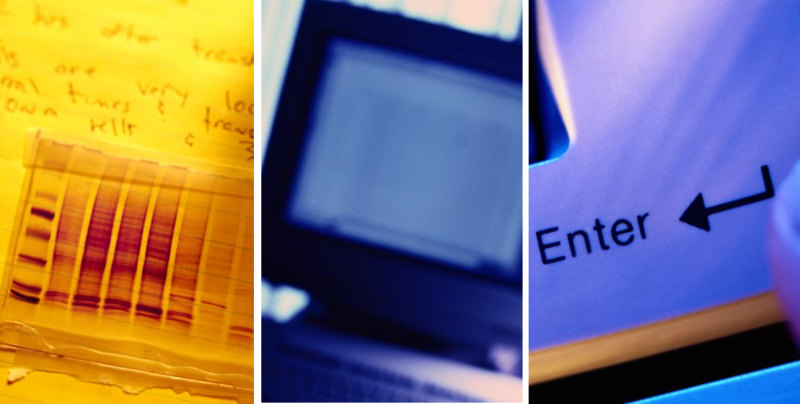Five papers by CTM researchers published in international journals
Music, movement, bridge and dam monitoring, wearable devices to monitor gait, algorithms for breast cancer diagnosis systems and image segmentation are the themes of the papers published in international journals by researchers of INESC TEC’s Centre for Telecommunications and Multimedia (CTM) in 2014.
29th January 2015
Marius Miron, Matthew Davies and Fabien Gouyon are co-authors of the paper “Syncopation creates the sensation of groove in synthesized music examples”, whose main purpose was to study the relation between music and movement and, in particular, to understand the most relevant properties that cause us to move with music. For that, the researchers explored strategies to transform the metric structures of simple piano melodies. The results of the two audio experiments led the researchers to the conclusion that syncopation creates the sensation of groove in synthesized music, for example, causing people to move. The research was conducted in collaboration with a music psychology expert, Guy Madison, at University of Umea, in Sweden. The paper was published in FPSYG - Frontiers in Psychology (vol.5, no.1035, 2014), in which Fabien Gouyon was invited editor.
Titled “Potential of Multi-temporal InSAR Techniques for Bridges and Dams Monitoring”, the paper authored by Joaquim Sousa and António Ribeiro Sousa (including researchers from other institutions) had two goals: to present an overview of the most advanced monitoring methods used today in man-made structures, more specifically dams and bridges; and identify the factors that may contribute to improve the monitoring and maintenance processes of the structures, namely using monitoring based on satellite and radar images. The paper was published in the Journal of Procedia Technology - Journal of Procedia Technology, (vol.16, pp.834-841, 2014).
António José Salazar, José Machado da Silva, Miguel Velhote Correia and Bruno José Mendes have published the paper “Built-In Self-Testing Methodology and Infrastructure for an EMG Monitoring Sensor Module” in the IARIA - International Journal On Advances in Systems and Measurements, (vol.7, no.1, 2014). The paper proposes an autotesting infrastructure for an electromyography signal unit, implemented in a wearable system that monitors gait. This approach takes advantage of the standardised I2C bus and its goal is two-fold: to serve as a communication channel and to disseminate stimuli and the results of the tests. These include the verification of electrode-skin impedance fluctuations, the detection of data acquisition circuit malfunctions in electromyography signals, using an approach based on digital signatures.
Last year, Inês Domingues and Jaime Cardoso published the paper “Max Ordinal Learning” in the IEEETNNLS - IEEE Transactions on Neural Networks and Learning Systems (vol.25, no.7, pp.1384-1389). This paper addresses some machine learning problems for which there are various algorithms available, but no satisfactory solutions. Motivated by the design of breast cancer diagnostic systems, the researchers studied one of these problems, which is not a typical problem according to the information available. The researchers formulate the problem in an abstract way and propose algorithms to solve it. Because the problem is formalised independently from the application, it can be used in other scenarios.
Also on breast cancer, the paper “Closed Shortest Path in the Original Coordinates with an Application to Breast Cancer” Analyses the segmentation of masses and calcifications in mammograms, as well as the segmentation of the nipple using shortest path algorithms. Usually, closed contours are defined by turning the image into polar coordinates, where the closed contour is transformed into an open contour between two opposite margins. After illustrating some of the limitations of the approach, the researchers Jaime Cardoso, Inês Domingues and Hélder Oliveira demonstrate how it is possible to determine closed contours in the original area of coordinates. The paper was published in 2014 in the IJPRAI - International Journal of Pattern Recognition and Artificial Intelligence.
INESC TEC, January 2015.


